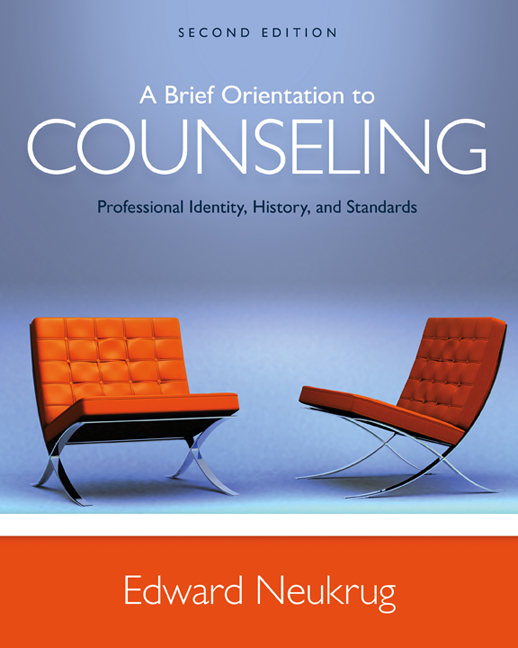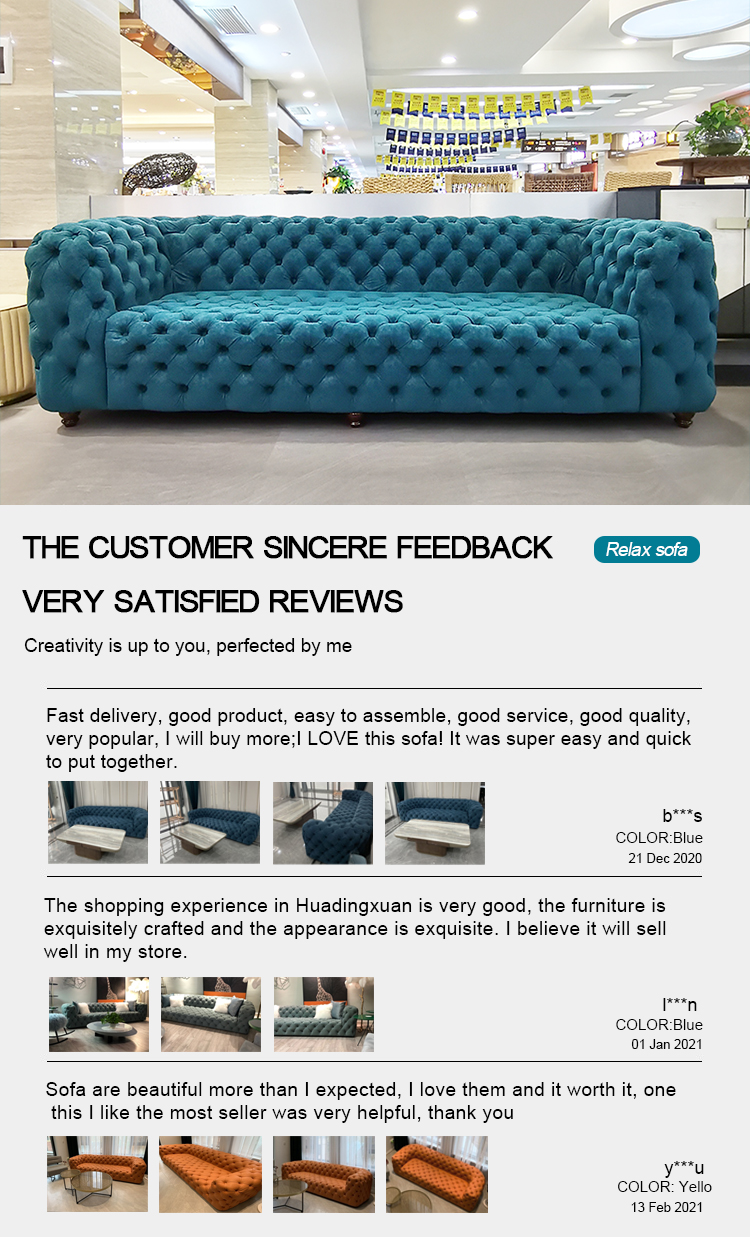Title: Restoring the Beauty of Genuine Leather Sofas: A Comprehensive Guide
Genuine leather sofas are a symbol of luxury and elegance. However, with time and use, they can become worn out and lose their original beauty. This article provides a comprehensive guide to restoring the beauty of genuine leather sofas. Firstly, it is important to identify the cause of the damage. Common issues include stains, scratches, and wear and tear. Once the problem has been identified, the appropriate solution can be applied. For instance, using a special leather cleaner and conditioner can help remove stains and maintain the soft texture of the leather. To prevent further damage, it is crucial to regularly clean and maintain the sofa. This includes dusting it every week, vacuuming it regularly, and applying a protective spray to prevent water damage. Additionally, using coasters and placemats can help protect the surface from spills and stains. In conclusion, restoring the beauty of genuine leather sofas requires patience and attention to detail. By following these simple steps, homeowners can keep their leather sofas looking like new for years to come. Not only will this enhance the aesthetic appeal of the room, but it will also prolong the lifespan of the sofa.
Introduction
Leather sofas have been a symbol of luxury and elegance for many years. Their timeless design and high-quality craftsmanship make them a popular choice for homeowners seeking a stylish and comfortable living space. However, as with any furniture piece, leather sofas require regular maintenance to ensure their beauty and durability. In this guide, we will discuss the various techniques and tools required for restoring the beauty of genuine leather sofas.
Section 1: Understanding the Different Types of Leather

To begin with, it is essential to understand the different types of leather available. The three main types are: full-grain, top-grain, and bonded leather. Full-grain leather has the highest quality and best appearance, as it comes from the uppermost layer of the hide. It is durable and resistant to wear and tear. Top-grain leather is a step down in quality, but it still retains some of the characteristics of full-grain leather. Bonded leather is the lowest quality and is made by gluing together multiple pieces of leather fabric.
Section 2: Choosing the Right Tools and Supplies
When it comes to repairing or restoring your leather sofa, having the right tools and supplies is crucial. Here are some essential items you will need:
1、Leather cleaner and conditioner – These products help to remove dirt, stains, and grime from your leather sofa while keeping it soft and supple.
2、Needle nose pliers – These are handy for gripping and manipulating small objects, such as screws or pins.
3、Sandpaper – There are different grades of sandpaper available, ranging from fine to rough. Use fine sandpaper to smooth out minor scratches or dents, while coarse sandpaper can be used to remove deeper stains or marks.
4、Tack cloth – This material is used to wipe away any excess sanding dust or debris from your leather sofa.
5、Saddle soap – This type of soap is specifically designed for cleaning leather furniture. It helps to dissolve tough stains without leaving any residue behind.

6、Leather repair kit – These kits usually include everything you need to fix common leather defects, such as cuts, punctures, or tears. They may also contain adhesive agents, patches, and other finishing materials.
7、Vacuum cleaner – A good vacuum cleaner can help remove any loose debris or dirt from your leather sofa before applying any cleaning products or repairs.
8、Workbench – A sturdy workbench is essential for working on your leather sofa in a safe and organized manner.
Section 3: Cleaning and Conditioning Your Leather Sofa
Maintaining the cleanliness and health of your leather sofa is vital for its longevity and beauty. Here are some tips on how to clean and condition your leather furniture:
1、Remove any loose debris or dirt using a vacuum cleaner or soft-bristled brush. Avoid using a bristled brush that can scratch the surface of your leather sofa.
2、Apply a small amount of saddle soap or a specialized leather cleaner to a damp cloth and gently rub it onto the affected area(s). Be sure to test any new cleaning product in a discreet area first to avoid discoloration or damage to your leather sofa.
3、Rinse the cloth thoroughly with water and blot the surface dry with another clean cloth. Avoid rubbing the affected area(s) vigorously, as this can cause further damage.

4、Once the area(s) has been cleaned, apply a generous amount of leather conditioner to restore moisture and softness to your leather sofa. Use a clean cloth to apply the conditioner evenly across the surface of your furniture, being careful not to saturate the cushion(s). Allow the conditioner to sit for at least an hour before using your sofa again.
Section 4: Repairing Common Leather Defects
Despite our best efforts, sometimes our leather sofas may suffer from minor defects such as cuts, punctures, or tears. Fortunately, most of these issues can be easily repaired with the help of a leather repair kit. Here are some general steps on how to repair common leather defects:
1、Locate the damaged area(s) on your leather sofa using a sharp pair of scissors or a penlight. Make a mental note of where each defect is located so that you can properly position any patches or replacement materials when applying them.
2、Follow the instructions provided with your chosen repair kit carefully. Most kits will come with precut patches or adhesive strips that you can simply attach to the damaged area(s) using a needle nose pliers or other suitable tool(s). If necessary, you can use sandpaper or a file to smooth out any rough edges or dents before applying the patch(es).
3、Once you have applied all the necessary patches or replacement materials, use a tack cloth to gently remove any excess adhesive powder or debris from your leather sofa's surface. Be sure to work slowly and carefully so that you do not accidentally harm any surrounding areas or create additional defects in your furniture.
4、Allow your repaired area(s) to dry completely before using your sofa again. This typically takes several hours depending on the size and severity of the defect(s). Once the area(s) have fully dried, apply another generous amount of conditioner to maintain the health and elasticity of your leather furniture.
Articles related to the knowledge points of this article:
What are the Best Brands of羽绒服?
Goose Down and Feather: The Ultimate Guide to羽绒鹅绒
Title: How to Clean a Tie - A Comprehensive Guide
Title: Mastering the Art of Tie Knotting: A Comprehensive Guide to Tying a Tie Video Tutorial



